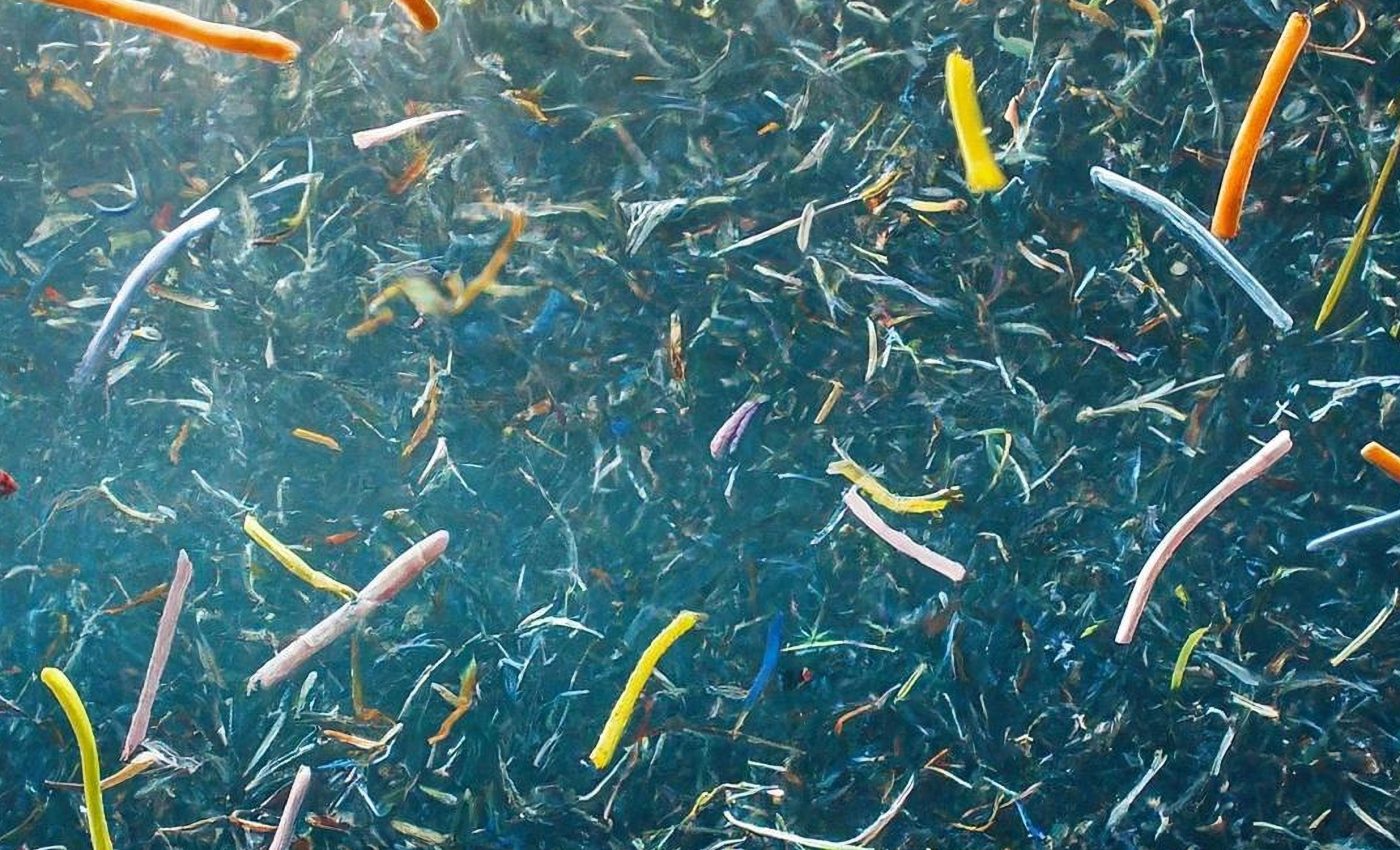
Darker fabrics shed more microplastics in sunlight
Bright light on the ocean hides a slow disaster. Clothes that look harmless on land can turn dangerous at sea. When sunlight hits synthetic fabrics, it breaks them into invisible fibers that spread through water.
Scientists from the Chinese Research Academy of Environmental Sciences and Nanjing University of Information Science and Technology discovered how this happens in seawater.
The researchers tested colored polyester fabrics under simulated sunlight. In just 12 days – about the same as a year of sunlight in coastal waters – tiny threads began breaking free. A mere 0.1 grams of purple fabric shed nearly 47,400 fibers.
Green fabric lost 37,020, yellow 23,250, and blue 14,400. Each fiber was thinner than a strand of hair. Fish, plankton, and shellfish can swallow them, sending plastic straight into the food chain.
“Sunlight acts as a slow but powerful scissor,” said lead author Dr. Xiaoli Zhao from the Chinese Research Academy of Environmental Sciences.
“Our results show that the colors and dyes used in fabrics can influence how quickly they degrade and release microfibers into the ocean.”
Color and environmental damage
Darker fabrics suffer faster. Purple fibers absorbed more sunlight energy, which made them decay quickly. The light triggers reactions that form reactive oxygen species, or ROS.
These molecules tear apart plastic chains inside the fiber. The study showed purple fibers created 6.2 × 10⁻¹⁵ molar hydroxyl radicals – more than any other color. The higher the radical count, the faster the plastic weakened.
Microscopic images revealed rough textures, cracks, and split threads. Once those threads lose strength, they fragment easily.
Lighter fabrics also broke down but at slower rates. Yellow and blue fibers resisted longer because their dyes absorbed less UV light.
Sunlight breaks bonds in fabrics
Ultraviolet radiation carries enough power to break carbon bonds in plastics. Once a bond snaps, oxygen in seawater reacts with the fragments, forming acids and carbonyl groups.
These chemical scars make the fiber brittle. In time, wind and waves complete the destruction.
The research also showed that the type of dye matters as much as the color itself. Purple and green dyes, based on nitro and azo compounds, trapped more UV energy.
That trapped energy produced more free radicals and sped up decay. Blue and yellow dyes did not react as strongly, so their fibers survived longer.
Microfibers in the food chain
Microfibers also interact with pollutants already present in seawater, including heavy metals and pesticides. These fibers act like sponges, soaking up toxins and transferring them to the organisms that ingest them.
Once inside marine life, the fibers can trigger inflammation, disrupt hormone function, and weaken immune systems. Over time, this chemical and physical stress can cause population declines in sensitive species.
Even when broken into nanoplastics, the particles stay active in the environment for decades. They circulate through currents, settle in sediments, and reenter the food web, making microfiber pollution one of the most persistent ocean threats today.
Sunlight-resistant fabrics design
“Our study highlights that textile color and dye chemistry are not just aesthetic choices,” said Dr. Xiaowei Wu. “They can directly affect how much microplastic ends up in the ocean.”
The team suggested that clothing makers choose dyes that absorb less sunlight. A simple shift in color chemistry could slow microfiber release. They also pointed out that fabric density affects how it breaks.
Loosely woven fabrics degrade differently than dense ones. Each design decision influences how long a textile lasts before it becomes pollution.
Sunlight drives ocean pollution
Sunlight and seawater together act as a natural factory for microplastics. Each shirt or curtain that fades under the sun leaves behind thousands of fragments.
The study warns that color choice, fabric structure, and exposure time all shape how plastic behaves once it leaves land.
Understanding this process helps connect our daily lives to ocean health. Every wash, every color choice, and every hour under the sun carries an unseen cost. What brightens our world can quietly unravel it beneath the waves.
The bigger picture
As awareness of plastic pollution grows, this study adds another layer to the problem – our clothes themselves.
People often focus on single-use plastics, but synthetic fabrics release pollution long after manufacturing ends. Even when we stop wearing them, sunlight and seawater continue their work.
The same sunlight that dries beach towels and glints on waves also tears fibers apart, thread by thread.
This constant breakdown fills shorelines with plastic dust too small to see but large enough to cause harm. Over years, these fibers gather in sediments, mix with organic matter, and become part of the marine environment.
Long-term consequences of plastic
Cleaning them up is nearly impossible. Scientists now describe this process as “secondary microplastic generation,” meaning pollution created not by production but by time, exposure, and light.
Changing textile production might slow this invisible cycle. Using different dyes, adjusting fabric density, or designing biodegradable fibers could help.
Until then, every faded shirt tells the same story – a reminder that our choices reach further than we think, even into the sea’s quiet depths.
The study is published in the journal New Contaminants.
—–
Like what you read? Subscribe to our newsletter for engaging articles, exclusive content, and the latest updates.
Check us out on EarthSnap, a free app brought to you by Eric Ralls and Earth.com.
—–













